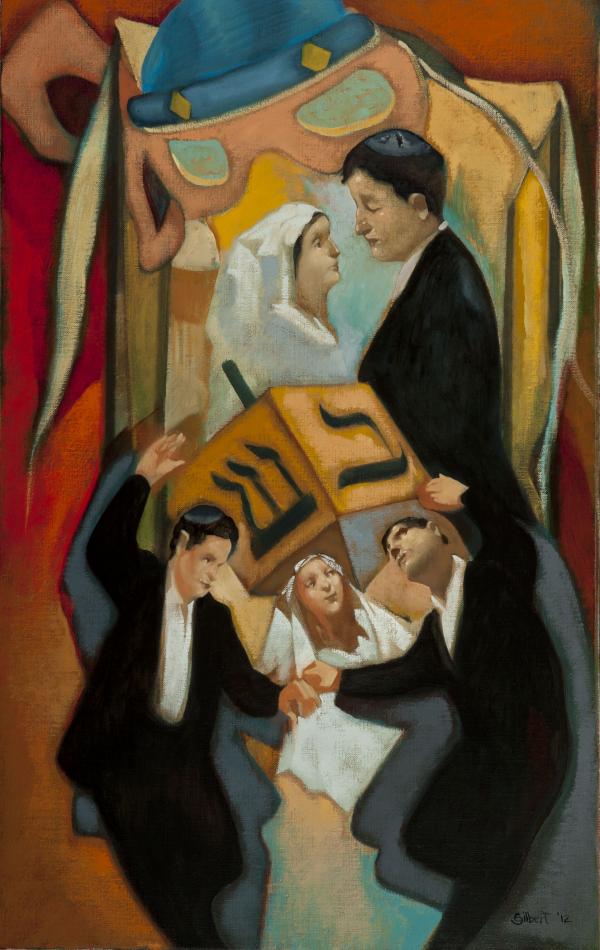Prayers and Celebrations Throughout the Jewish Year
From the curator
Like many other aspects of our lives, religious and spiritual life unfolds according to a schedule of observances and rituals tied to our experience of time and the stages of life. Cycle of Life in Synagogue and Home features music that accompanies important events, rituals, and celebrations throughout the Jewish year, including the High Holy Days, festivals, Sabbaths, funerals and memorial services, and other occasions.
As Neil W. Levin observes in his introductory essay to this volume, “Hebrew liturgy, apart from silently recited devotions, nearly always implies musical delivery.” So, perhaps it is not surprising that this is the largest of the 20 volumes. Its thirteen albums survey the broad range of styles and orientations that have gone hand-in-hand with the variety and relatively unrestricted nature of the American Jewish experience. (It should be noted that due to the order in which the individual albums were released, the musical selections do not proceed according to the annual cycle of holidays, rituals, and observances.)
That variety is evident in the two Hanukka-themed albums that open this volume. Choral suites by Samuel Adler and Michael Isaacson combine traditional songs and hymns with contemporary lyrics and original music. Though similar in spirit, they contrast musically with excerpts from the Western Wind’s The Chanukkah Story and the songs by Debbie Friedman with which they appear.
The third album comprises music for a traditional Jewish wedding ceremony, with wedding marches by Ernest Bloch, wedding services by Morris Barash and Meir Finkelstein, and a host of other ceremonially appropriate songs. Finkelstein’s silky-smooth tenor is among the highlights of his recording, but listeners may also take interest in the tastefully adapted Hollywood melodies in his settings of Ma y’didot mishk’notekha ("What A Feeling" from Flashdance) and Halleluya (the main theme from Superman). The Sheva b’rakhot arrangement by Simon Spiro pays homage to the Eastern European choral-cantorial (khor shul) style and draws on previous compositions by Sholom Kalib and Meyer Machtenberg.
A compelling mix of old and new, known and obscure musical settings pertaining to the Passover holiday is featured on an album that intersperses Sholom Secunda’s Passover Seder Festival featuring Richard Tucker with music by Moishe Oysher, Sidur Belarsky, Samuel Malavsky, and others. Two further festival-themed albums feature music for Shavuot, Hallel, and Sukkot.
A particular highlight of this volume is cellist Julian Schwarz’s performance of Max Bruch’s Kol Nidrei with organ accompaniment. As the son of Gerard Schwarz, Julian grew up with the Milken Archive and performed Bruch's Kol Nidrei on Yom Kippur at his family’s synagogue annually for much of his childhood and youth. Julian’s inclusion in this volume is exciting in part because of his stellar musical ability. But as he is the son of one of the Archive’s most important conductors, his participation is also symbolic of the continuity that allows Jewish life and tradition to persist from one generation to another. Among other compositions for the High Holy Days liturgy are those by Max Janowski, Samuel Adler, Frederick Piket, and Lazare Saminsky.
With so much material, each album is a journey unto itself. In some cases, multiple settings of the same liturgical passage are included to represent stylistic diversity. Finding one’s way through Cycle of Life in Synagogue and Home is more a matter of finding a starting point and diving in than following a particular path.
—Jeff Janeczko


















